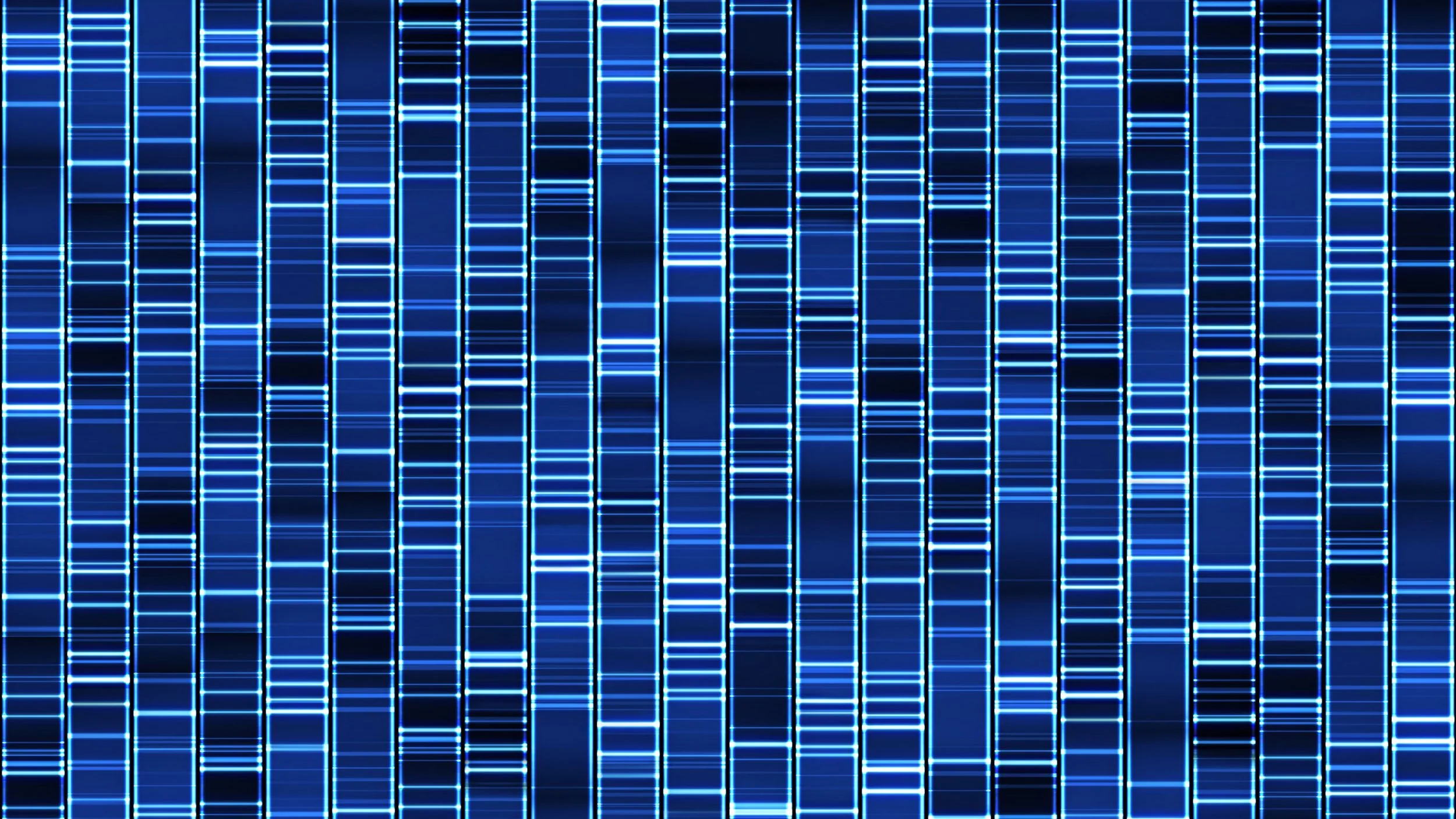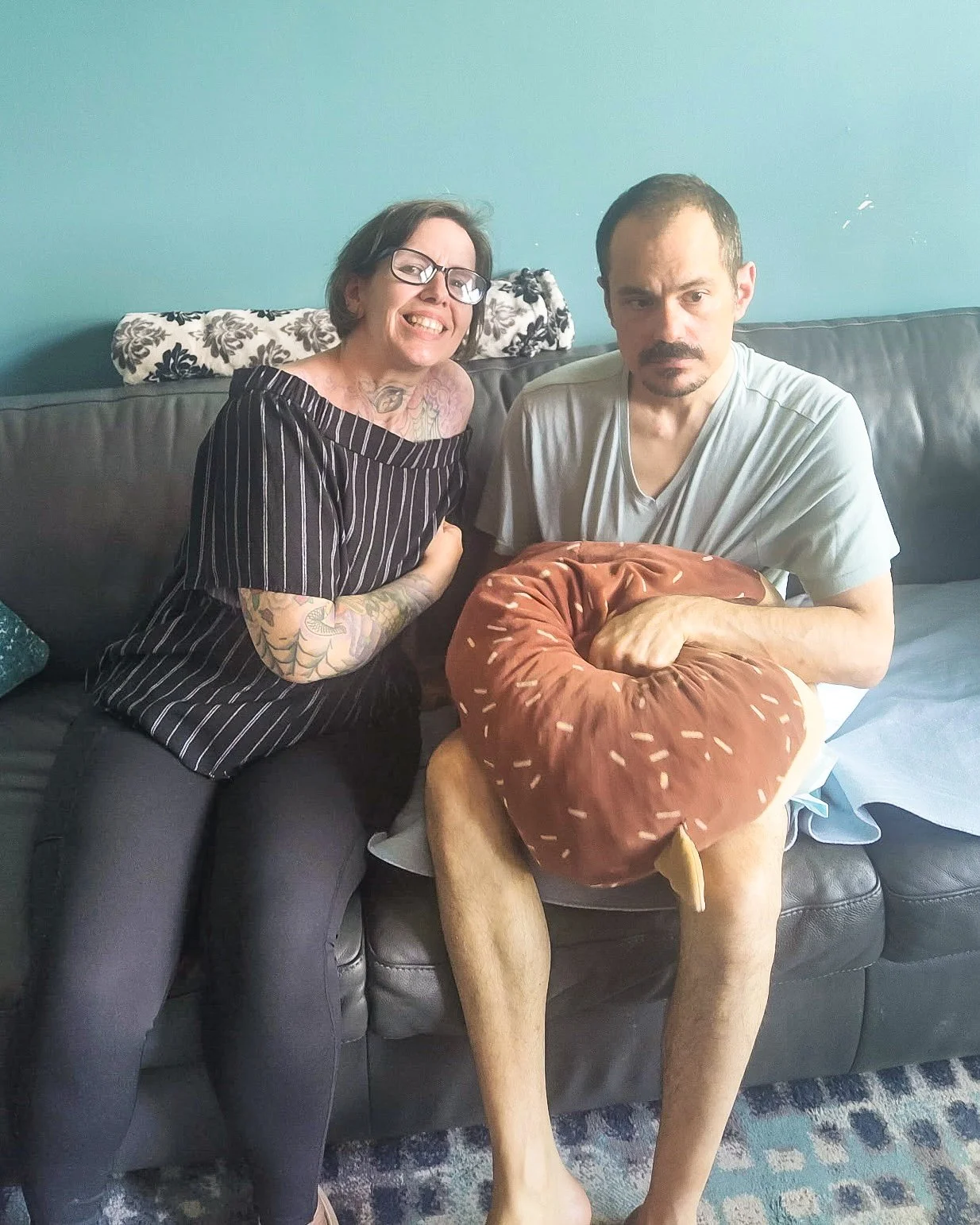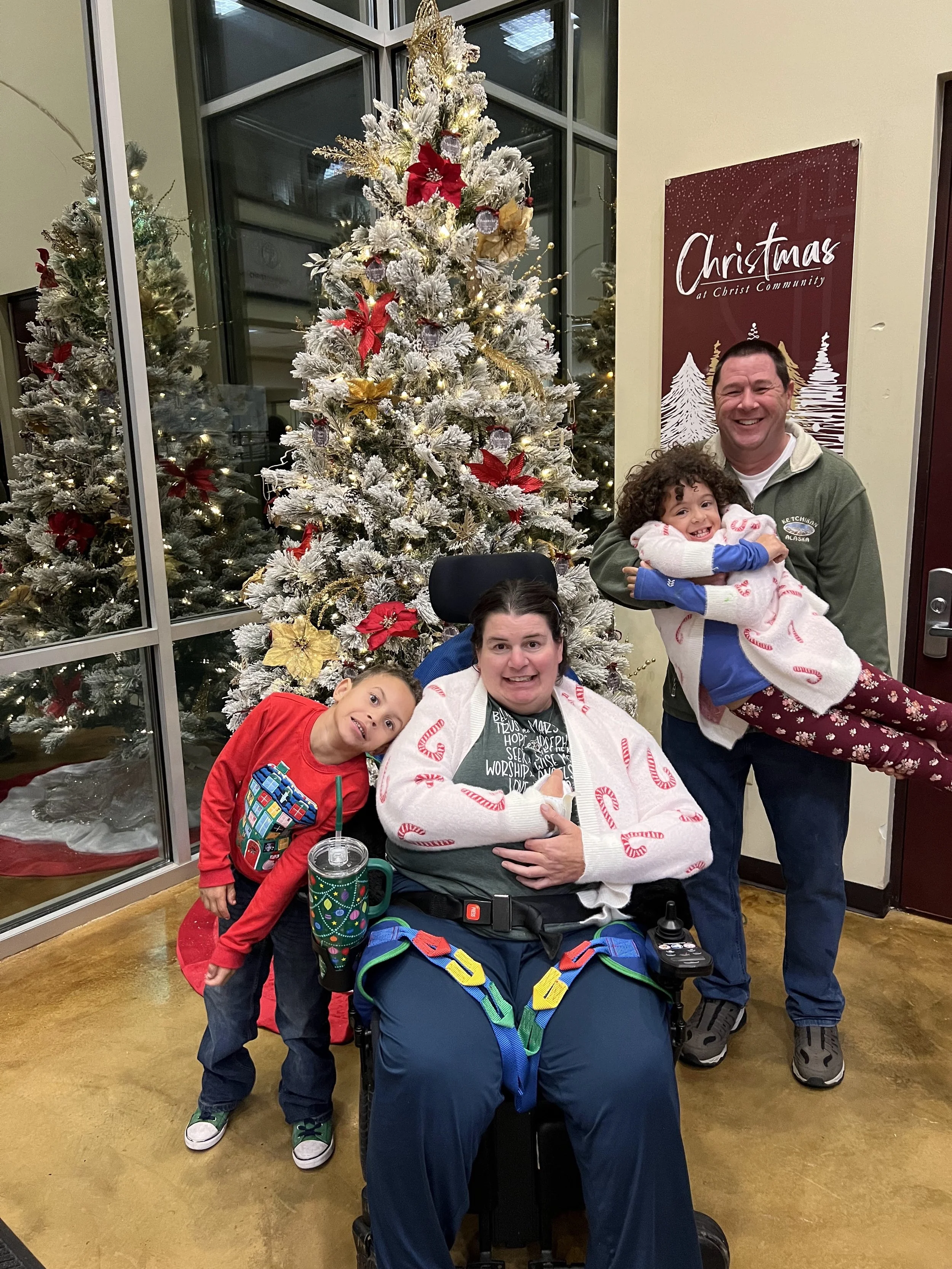
NHD - Nasu-Hakola Disease
Also Known as: Nasu Disease; Lipomembranous Osteodysplasia with Leukodystrophy; Polycystic Lipomembranous Osteodysplasia with Sclerosing Leukoencephalopathy (PLOSL)
Overview.
Nasu-Hakola Disease (NHD) is a rare genetic disorder caused by mutations in the TREM2 or TYROBP genes, which affect the function of microglia, immune cells that help protect the brain. NHD leads to progressive brain changes, including leukoencephalopathy (white matter abnormalities), resulting in cognitive decline, behavioral changes, and movement difficulties.
In addition to neurological symptoms, NHD causes bone and joint problems such as fractures, cysts, pain, and reduced mobility. Currently, there is no cure, and treatment focuses on managing symptoms and providing supportive care.
Causes.
Nasu-Hakola Disease (NHD) is caused by mutations in the TREM2 or TYROBP genes (also known as DAP12). These genes produce proteins that normally help replace old bone tissue with new bone, so mutations disrupt normal bone growth and maintenance.
These proteins also support the function of immune cells in the brain and spinal cord. However, researchers are still working to understand exactly how these changes lead to the progressive neurological symptoms seen in NHD.
Inheritance.
Nasu-Hakola Disease is an autosomal-recessive condition, meaning both parents must carry the genetic mutation for their child to be affected.
Symptoms.
Nasu-Hakola Disease (NHD) progressively affects both the bones and the brain. Symptoms typically appear between the ages of 20 and 30, often beginning with pain and tenderness in the feet and ankles. As the disease progresses, bone weakness caused by cyst-like changes and osteoporosis leads to frequent fractures, especially in the wrists, hands, ankles, and feet.
Neurological symptoms usually develop in a person’s 30s, though in some cases, they appear earlier than bone problems. Early signs often include personality changes, impaired judgment, loss of inhibition, and difficulty concentrating. As the disease advances, individuals may experience euphoria, epileptic seizures, and a progressive decline in cognitive and motor abilities, ultimately leading to the inability to walk, talk, or care for oneself. Sadly, most individuals with NHD do not live beyond their 40s.
Diagnosis & Treatment.
The definitive diagnosis of Nasu-Hakola Disease is confirmed through genetic testing.
Currently there are no FDA-approved treatments for NHD, but there are options to help manage and relieve symptoms. Your healthcare team will partner with you to find the right combination of medications and therapies for your individual needs.

Current Research
Recently Diagnosed?
Navigating a new diagnosis isn’t easy. While it comes with unique challenges, we’re here to remind you that you’re not facing them alone.




